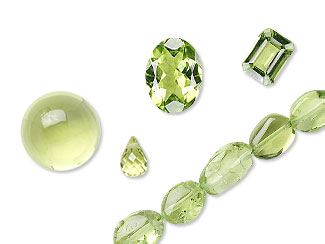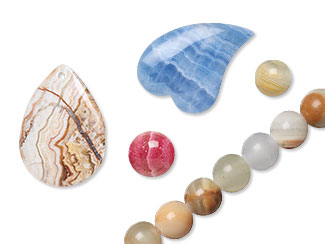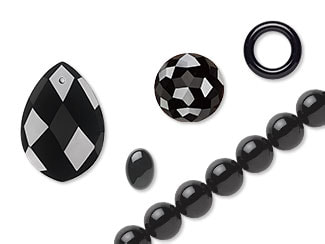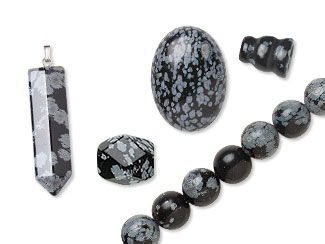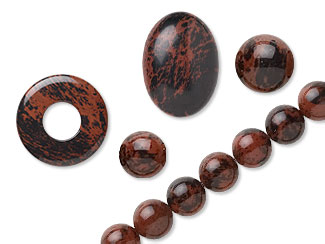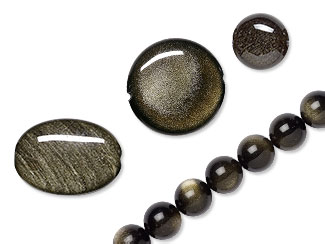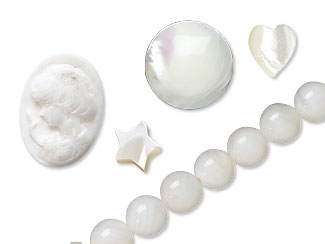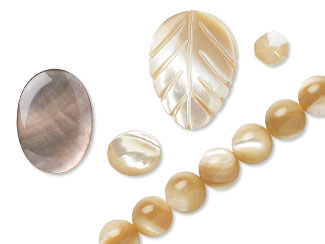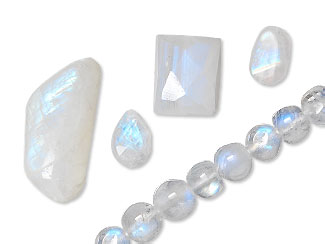History Shimmering, pale green peridot--often called the evening emerald--is a gemstone commonly associated with spirituality and expression. The word "peridot" can be pronounced as "PAIR-uh-doe" or "PAIR-uh-dot." While both pronunciations... read more →
History The name onyx was used by the Romans for a variety of stones including alabaster and chalcedony. The name chalcedony comes from an ancient town on the Bosphorus. Striped... read more →
History The name "onyx" comes from the Greek word for "fingernail," referring to the translucence of the white-colored layer of this multi-layered stone. According to myth, Cupid trimmed the nails... read more →
History Obsidian is a naturally occurring volcanic glass formed in swiftly cooling lava that has a high silica content. It is not considered a true mineral, as it does not... read more →
History Obsidian has been used as a gemstone since antiquity. Imagine a fine piece of mahogany furniture that gleams like glass--that's mahogany obsidian. Obsidian is a naturally occurring volcanic glass... read more →
History Obsidian gets its English name from a mistranslation of Natural History by Pliny the Elder (the guy who died at Pompeii): "Among the various kinds of glass, we may... read more →
History Mother-of-pearl shell in all its colors is created by nacre, an iridescent layer that forms in shell liners of mollusks. This material is found in pearl-producing mollusks from all... read more →
History Mother-of-pearl shell for jewelry refers to the nacre that coats the inside layer of the mollusk shell which is used to form pearls--hence, it's the mother of the pearl.... read more →
History Moonstone has translucent white color with a white sheen similar to "moonshine" that rolls or flows over the stone when rotated, hence the name "moonstone." The sheen is caused... read more →

